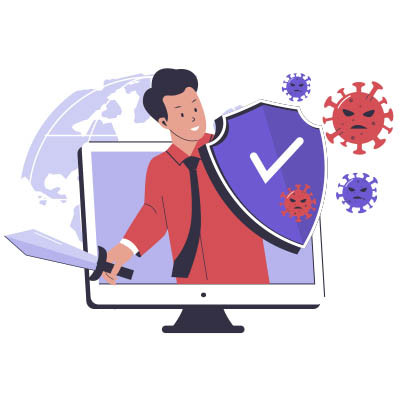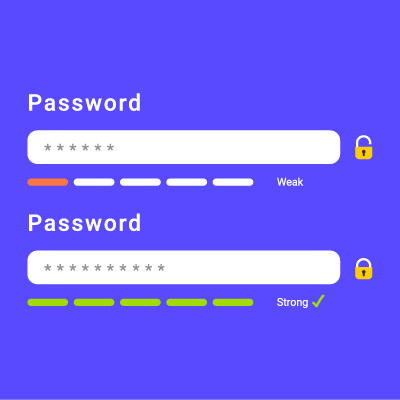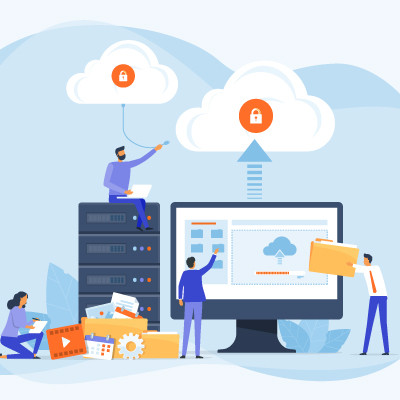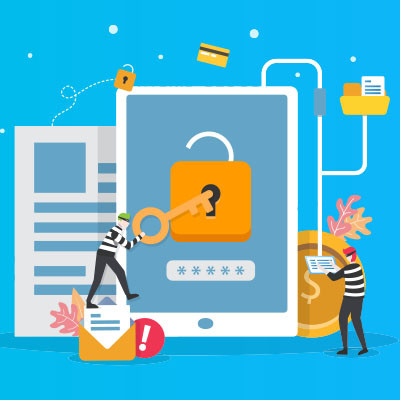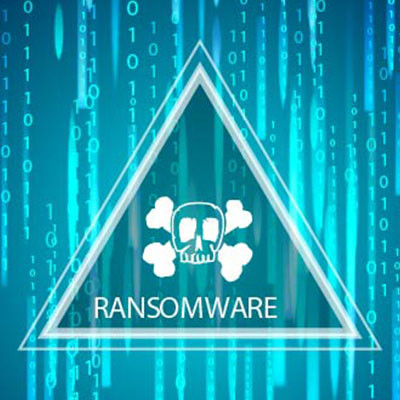Paradigm Tech Blog
All businesses have one key vulnerability that cybersecurity threats exploit: their employees. Your business has this vulnerability, too, even if you haven’t considered it. Just like any vulnerability, however, there is a patch, and it comes in the form of education. With an appropriate knowledge base, your team can effectively become a human firewall against any potential threat.
Your computer’s CPU is one of the most sensitive, advanced pieces of technology that you probably don’t think too much about. The CPU itself is just around 4-5 centimeters in length and width, and it handles all of the data processing in your computer. Every single thing you do on a computer gets calculated through the CPU. Most modern CPUs have billions of microscopic transistors in that tiny little space. These transistors are so small that you can fit hundreds of them on a single red blood cell, or thousands of them in the width of a human hair.
So it’s inevitable that something can go wrong. Many fairly modern computers are experiencing a bug right now that could potentially and permanently damage the CPU. There’s a patch to fix it, but if the damage is already done, the patch won’t repair it.
Every time you log into an account, you have to enter a password. And we know exactly what you’re thinking: why? Good password hygiene is important, especially in high-profile environments like your business. Passwords play a crucial role in securing your network, so you should know how to build better passwords—if not for your own sake, then for your business.
If your organization has an internal IT department, chances are they're managing a complex infrastructure while being understaffed and overworked. This isn't a criticism; it's simply the reality for many SMBs (we understand this well). We can ease the burden on your IT team and streamline your technology management.
In today’s world of perpetual security breaches and cyberattacks, it’s no surprise that the greatest response to such threats is to actively prevent them from harming your organization in the first place. One key tool in this effort is an endpoint detection and response (EDR) solution. With endpoint protection on your business’ side, you can leverage a robust and powerful security solution to handle a significant portion of your network security.
With technology cementing itself in all aspects of everyday life, businesses need a stronger competitive edge than ever to overcome the odds. SMBs can use technology for this purpose, specifically outsourcing technology management and maintenance to a third party. With the help of a managed service provider, your business can compensate for any skills deficit it might have and properly maintain its IT infrastructure.
Humans have all kinds of stakes in digital security thanks to today’s online world demanding that we be more online than ever. Whether it’s personal information or financial details, you can bet everyone is at risk to some degree. Today, we want to examine why individuals—even technology professionals—are not immune to data theft.
Making IT decisions while balancing the user experience—including their complaints—can be exhausting. As a decision maker for your business, you have a budget to consider, as well as a timeline to manage. You’ll have to say no, which no one likes to hear, but it’s a necessary part of running your organization effectively.
If your business needs to revisit its technology management model, look no further than a managed service provider. Let’s discuss some of the notable benefits of working with a managed service provider—benefits that are demonstrable and impactful enough to shift the trajectory of your business moving forward.
You and your employees are likely exhausted from dealing with technology day in and day out. Even if it is what allows businesses to flourish, you still might want some time away from it from time to time. When it feels like too much, know that a digital detox can be a valid way of temporarily moving away from technology—even in the workplace.
When it comes to who is victimized in cybercriminal efforts, there may be a few stereotypes and presumptions that a lot of people may hold. A recent report, Oh, Behave!, released by the National Cybersecurity Alliance and Cybsafe, shows that the real victims of many forms of cybercrime aren’t who many would expect.
The Internet of Things, or IoT for short, has changed how businesses approach many areas of technology management, including how utilities and other systems are managed. Thanks to automated systems that can control utilities such as HVAC systems, heating, lighting, and so on, the IoT gives businesses more opportunities to control costs and improve efforts at efficiency. Let’s look at some of the ways businesses can use IoT devices to produce consistent cost savings.
The more complex and robust your IT infrastructure is, the greater the chances that it will undergo a system failure. Basically, according to Murphy’s Law, if something can go wrong, you should expect it to go wrong. To counteract this mentality with real, tangible methods that you can control, you’ll want to implement solutions that prioritize redundancy. This week’s blog is all about how you can build redundancy into your infrastructure through the use of data backup and restoration systems.
World Password Day is indeed a thing, and it’s a thing to celebrate in the world of business technology, as it celebrates password awareness and advocates account security in a time when cybersecurity has never been more important. To help you observe World Password Day, we want to go over why passwords are important and why you need to take password security seriously.
The headlines hyping up ransomware as a dangerous threat are not exaggerating. It really is as bad as it seems, although there is often a fair amount of embellished information on what ransomware exactly is and what it does. Let’s take some time to review what ransomware is and how your business can handle it in an appropriate way.

